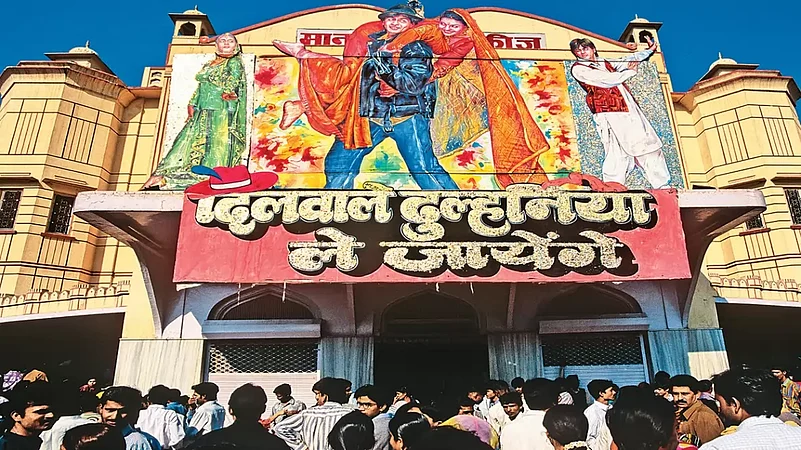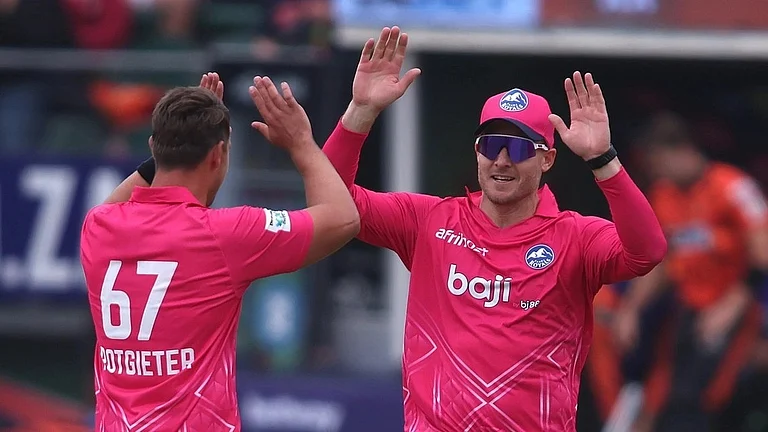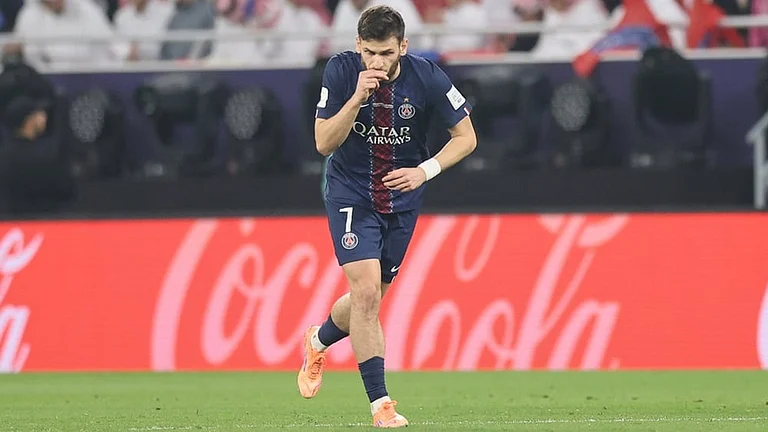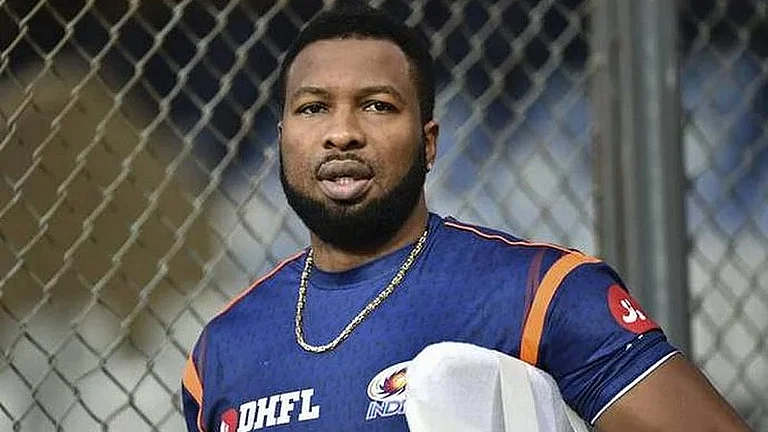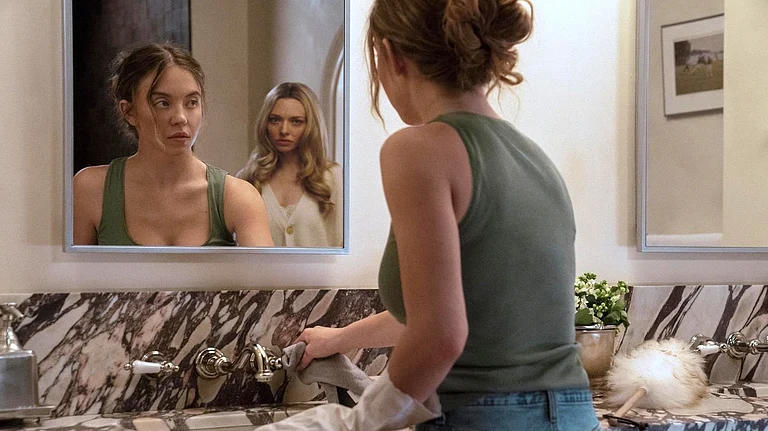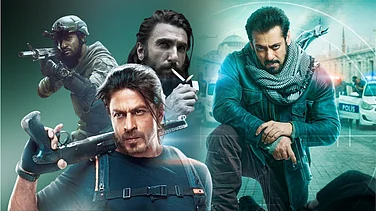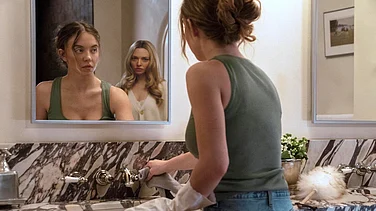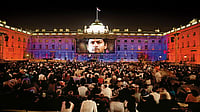As a foreign scholar of Indian cinema, I have had the privilege of observing and studying it for three decades. Over this period, academic interest in Bollywood (and Indian) cinema has grown tremendously. Although it may have peaked around 10 years ago, it has become more mainstream now in Film Studies and South Asian Studies. However limited it may be in scope, film scholarship has, in modest ways, contributed to the ‘soft power’ of Hindi cinema.
Until the 1990s, whatever little academic writing about Hindi cinema there was appeared mostly in journals, apart from the odd book on the subject such as the Barnouw and Krishnaswamy’s classic work, Indian Film (1963). Then, along with essays in film journals, such as by Rosie Thomas, volumes of work by Appadurai and Breckenridge, and Dwyer and Pinney engaged with India’s public culture. Research in film studies also produced some early doctoral theses, including that of Ravi Vasudevan and Ranjani Mazumdar. In 1999, Ashish Rajadhyaksha and Paul Willemen produced two editions of the Encyclopaedia of Indian Cinema, a work of staggering magnitude and significance.
At SOAS University of London, I, along with others, set up an undergraduate module, ‘Cinema and Society in South Asia.’ Later, I established an MA module and supervised several PhDs but my post as professor of Indian Cultures and Cinema was discontinued when I retired. There are a few university courses devoted to Indian cinema in the UK; perhaps, more can be found in the US. A few notable departments are to be found in several Indian universities such as Jadavpur and Jawaharlal Nehru Universities.
Scholars of Indian cinema are part of a sizeable global network and I believe we have done considerable work at the university level to make Indian cinema part of academic research and teaching. We have often also liaised with other institutions to set up talks, events and exhibitions about Indian cinema as well as giving interviews to the media for having introduced the Indian film industry to newer audiences.
There have been some direct interactions between academic researchers and the Indian film industry as well, what with doctoral students in India or of Indian heritage working as assistants on specific films. Some members of the industry such as Javed Akhtar, Shabana Azmi, Sharmila Tagore and Anurag Kashyap have also maintained close links with academic networks.
Unfortunately, apart from a handful of individuals in the industry who share our academic interest in Indian cinema, few read our writing on the subject. Some are curious about the global history of cinema but I was shocked, in the 1990s, to find that many younger Indian filmmakers didn’t know of Satyajit Ray’s work. Moreover, established academics are often interested in films which the current generation is not interested in, such as pre-Independence cinema.
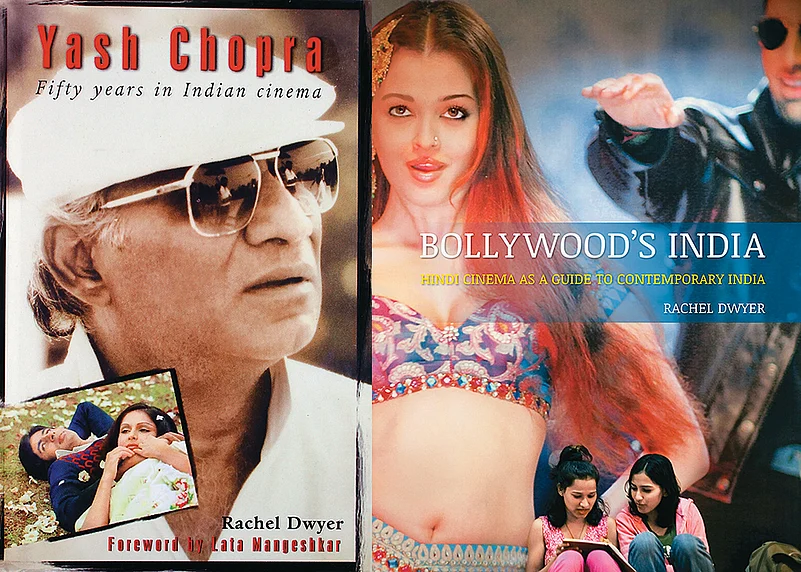
Journalists and documentary filmmakers have been key intermediaries for many academics. From the mid-1990s, I have met with and read the work of Iqbal Masud, Maithili Rao, Khalid Mohamed, Kaveree Bamzai, Anupama Chopra, Shilpa Gupta, Namrata Rao, Nandini Ramnath and Poonam Saxena. On social media, I follow younger film critics of the newer generation such as Tanul Thakur.
I stopped reviewing films once I got to know people in the industry. Critics have a hard time as they often know filmmakers personally or dislike particular films or are given the cold shoulder after publishing a hostile review. But as an academic, I don’t just write but also teach students, supervise research on Hindi cinema and participate in public discourse as well. However, I do quite enjoy ‘popular’ biographies that are not academic per se. For instance, I’m currently reading Anirudha Bhattacharjee and Parthiv Dhar’s biography of Kishore Kumar. Bunny Reuben’s books are mostly gossip but also provide insight into film networks, discussions and cancelled projects. I used to savour reading film magazines such as Stardust (which I no longer purchase as social media has become my main source). In the past, I have also enjoyed reading older issues of Film India and Filmfare which gave me crucial perspectives on the history of cinema.
As a foreigner, it isn’t easy to work on Indian cinema as everyone assumes that I must be naïve about cinema, Indian culture and everything else. My own experience in the field began when I decided I wanted to work on the works of Yash Chopra. Jessica Hines, who was writing her book on Amitabh Bachchan, introduced us, and I believe he put in a good word. At first, Yash ji said that he didn’t want to cooperate but after I kept turning up and waiting in his office, he eventually felt sorry for me. Some said I got into the industry only because I was a foreigner, not taking into account the time and costs as well as the academic risks involved. And why would I have wanted to do that? It took me at least two years to get my project off the ground, turning up whenever I could with many people wondering what I was doing. It wasn’t easy convincing my university or funding bodies that I had arrived in Mumbai only to find out that everyone I was planning on interviewing had left for a shoot in Europe!
While working in Mumbai, I met most of the industry through Yash Chopra. I know that it was for his sake that film stars came to my book release—Dilip Kumar, Amitabh Bachchan, Shah Rukh Khan and B R and Ravi Chopra launched it in Mumbai. Lata Mangeshkar wrote the introduction. As Yash ji told me, I would make few long-term friends or enemies in the industry. I believe it is now quite closed to outsiders—perhaps smartphones, social media and other such technology demand more vigilance. There is also simply the fact that insiders work extremely hard over long hours and must travel for shoots and meetings. It is also a test of one’s social skills as an outsider to go to glamorous events full of the beautiful, the wealthy and the famous who have often grown up together and move in packs. Hardly the usual lifestyle for an academic!
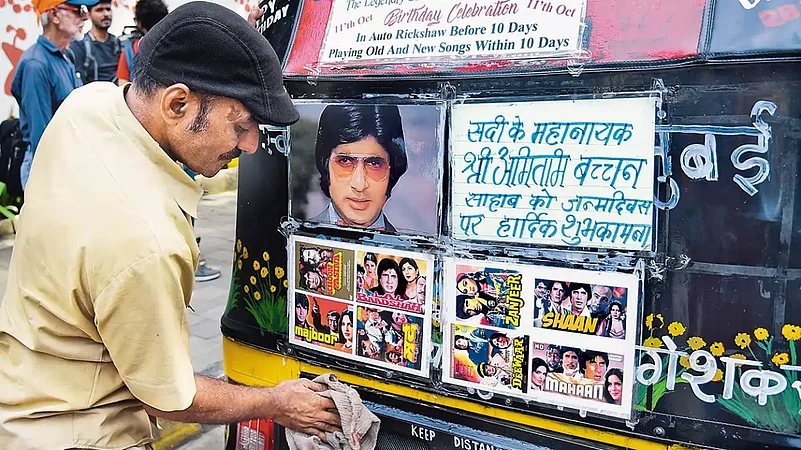
I do have a few close friends in the industry but there are many people with whom I engage solely at social events, film festivals and the like. Often, the organisers want an academic or a critic present, such as those I mentioned above, who can take a long-term view. For example, I met the team of Baahubali when I interviewed them (or screamed my questions to them) at Royal Albert Hall, right before a film screening. I have had the pleasure of doing many onstage interviews with industry figures including Rishi Kapoor, Shatrughan Sinha, Karan Johar, Anil Kapoor and Mani Ratnam. One of my best experiences, in fact, was in a place where I had taken examinations, the Examinations Schools at the University of Oxford. I gave the Distinguished Ford Lecture about Amitabh Bachchan who sat next to me and then responded to it, speaking of his embarrassment. More recently, I conducted an interview session with Sanjay Leela Bhansali at the British Academy of Film and Television Arts (BAFTA).
It is hard to gauge how much impact academic research has had on the Indian film industry. People are flattered to be mentioned, and they engage with us when they have a book coming out, or attend events occasionally. However, higher education and the Indian film industry share little common ground apart from a few practitioners such as, say, Shabana Azmi and Javed Akhtar who engage with Urdu literature at SOAS. Most are polite but bemused as they don’t think academics add value to their work: their engagement stops after an interview. In fact, Yash Chopra said he’d never read my book about him as he already knew what I thought.
Even though Hindi cinema is not a part of mainstream cinema outside of India, an audience for it still exists overseas. ‘Bollywood’ has become a household brand. (H)indie cinema, however, hasn’t travelled as well. This is in spite of the tremendous efforts on the part of festival curators such as Cary Rajinder Sawhney for the London Indian Film Festival and the British Film Institute. Hindi language cinema made by Indian diaspora such as Gurinder Chadha, Meera Nair, Deepa Mehta et al fares better, and some Pakistani films have made a mark, notably Zinda Bhaag, jointly directed by Meenu Gaur and Farjad Nabi, and Cake, directed by Asim Abbasi, all three of whom happen to be former students of mine.
The mainstream Hindi film industry operates from Friday to Friday as you’re only as good as your last release. Film critics tend to work on the same time frame while festival programmers plan for the future. Academia works over a vastly more protracted time scale and resists—or should resist—looking into the future. Similarly, academic writing, like that of Barnouw and Krishnaswamy, is meant to be read over decades rather than immediately. The work of critics, festival organisers and academics looks deep into the industry but resonates more outside it than within. The labour and the socio-cultural links tie them all but because the economic gains are neither clear nor immediate, their work may be ignored or rejected by the industry.
While I don’t know how much my work matters, for me it’s been a labour of love. It has been a key part of my life and I adored researching and teaching it for many years. I’ve had a most wonderful time watching films, and meeting most of the industry who were active during the height of Bollywood’s glory. What a long, strange trip it’s been!
(This appeared in the print edition as "From The Far Pavillions")
(Views expressed are personal)
Rachel Dwyer is professor emerita and professorial research associate at SOAS, University of London






